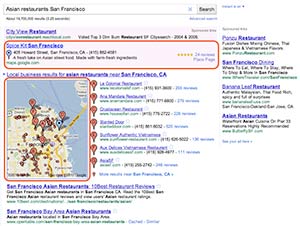That’s the question everyone wants to know… is my website traffic high, low or in between. For small businesses that are not start ups and have been on the web for over a year, I feel that traffic under 50 unique visitors a day is low.
If your website figures aren’t even in the double digits on the average in a 30 day period, you really need to start working to build your website traffic. Why have a website if no one visits it and if it does not generate leads for you?
Here’s another benchmark if you have over 100 unique visits a day and you are a small business your traffic is definitely in the normal to good zone. Higher than that around 200 visitors a day and you are doing great. If you have 30,000 unique visitors a day, you’d better be on a dedicated server before you give yourself a big pat on the back.
So if your numbers are low what should you and what can you do to boost them. Here are just a few suggestions to consider:
- Start blogging but only if you can install a blog under your own domain name on your parent website’s server. That is really key! Offsite blogging won’t help you in this area.
- Think about writing and syndicating articles at Google Knol, Go e-articles, ezine.com and other sites. The key here to your traffic will simply be the quality of your writing and the timeliness of your content.
- The easy path is to drive traffic to your website with Google AdWords or MSN adCenter (for Yahoo and Bing). When you don’t have time to do the other things this is very workable. Pay per click costs but the traffic you can generate immediately to expose the world to your services and products is well worth the investment. Just make sure you are targeted and don’t create a branding campaign that just brings your impressions and clicks.
- Work all your angles! Do you have friends with websites on the Web? Get links back from them to your site. Consider doing guest blog writing. Tap into your network. If you are a member of a national or regional association ask if you can guest write for their online archived newsletter or blog. You want links and exposure.
These are just a few ideas to consider. Typically pay per click as it is the easiest is the route most people will pursue when they have little web traffic. Take some time to make sure your website is generating the traffic you need to feed your business.

